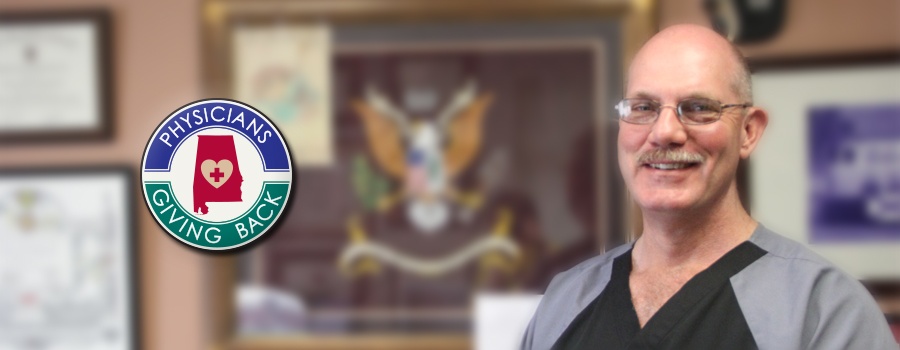Tag: residency
-

STUDY: Does Capping Residency Hours Hamper Physician Training?
When new rules capped training hours for medical residents at 80 hours per week in 2003, critics worried that the change would leave physicians-in-training unprepared for the challenges of independent practice. Now, new research published July 11 in BMJ and led by scientists in the Department of Health Care Policy in the Blavatnik Institute at Harvard…
-

The Accidental General with Gen. Shane Lee, M.D.
MARION – The city of Marion is an old town rich in Alabama history that pre-dates the Civil War. It’s home to many antebellum homes, Judson College and Marion Military Institute, the nation’s oldest military junior college. Few people may know that a young Coretta Scott, born and raised in Marion, wed her husband, Rev.…
-

Match Day 2017 Successful for Alabama’s Medical Students
MOBILE — The excitement was thick in the ballroom of the Arthur R. Outlaw Mobile Convention Center on in March for Match Day. What is perhaps the most important day for each graduating medical school student can also be the most stressful. This day serves as a focus of celebration for medical schools and students…